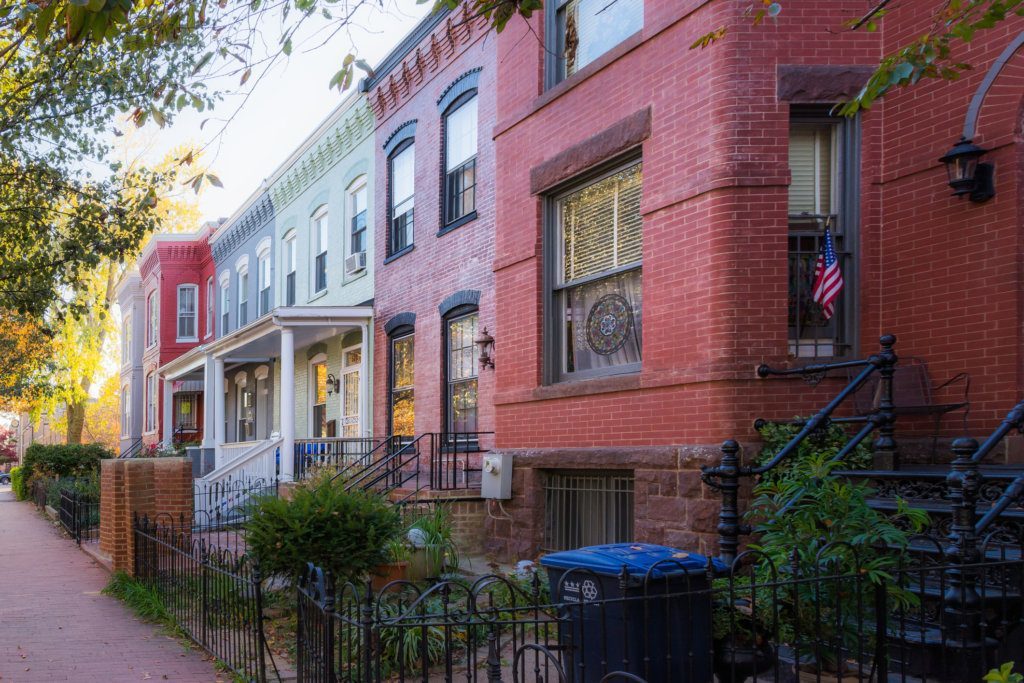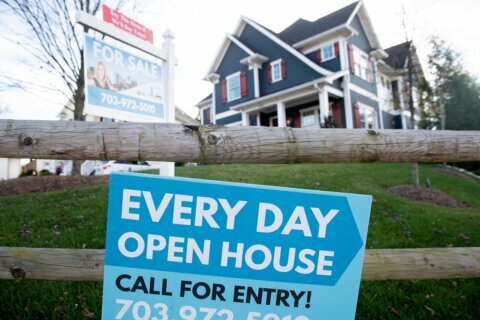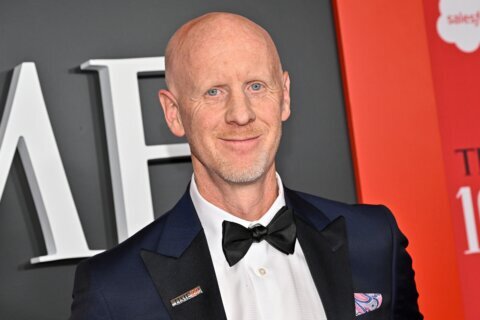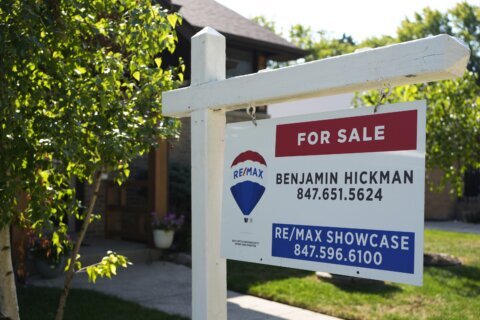
A new survey finds many renters in their 20s and 30s have essentially put homebuying on hold and are planning to be “forever renters.”
The survey from Apartment List finds that 12.3% of millennials say they plan to “always rent” — up from 10.7% just a year ago. (Compared to the national average, fewer millennials in the D.C. area said they plan to always rent — 11.7%.)
And while there are “lifestyle benefits” to renting, such as being able to live more flexibly, the biggest reason for not signing on the dotted line for a home is the lack of affordable housing. Just under 70% of millennial renters said they can’t afford to buy, according to the survey.
CBS News Business Analyst Jill Schlesinger said it’s a positive sign that so many people in their 20s and 30s want to own their own homes — even if economic reality is standing in the way.
“We had heard for a while that, oh, millennials are just not into homeownership,” Schlesinger told WTOP. “And yet, what we do find is they’d love to be able to buy a home, however, that they see the lack of affordability a huge problem. They just cannot afford to buy a home in many markets.”
That’s compounded by the fact that millennials are digging out of thousands of dollars of student loan debt, she said.
The survey found that about 57% of millennials have student loan debt, and they’re saving about $100 less a month than their debt-free counterparts.
Among millennials who want to own their own home someday, scraping up enough for a down payment remains “the largest expense and biggest obstacle to homeownership,” the authors of the Apartment List study said.
Still, nearly half of millennial renters — 48% — do not have a single penny saved up for a down payment, according to the survey.
MONEY ON OUR MINDS SERIES (2018)
- Part 1 — ‘Money is on our minds’: Millennials attempt to stay afloat amid student loan debt
- Part 2 — Student loan debt, wealth divide are harming millennials’ homeownership dreams
- Part 3 — ‘I don’t know if what I’m doing is right’: DC-area millennials face barriers to retirement planning
Schlesinger said there are lots of reasons why a 20% down payment is the standard.
“It protects you …. if the market does move on you. It does give you a little bit of a safe harbor. But that said, the down side is when you put less than 20% down, you usually don’t get the best rate, and you also have to pay private mortgage insurance, or PMI.”
The cost of private mortgage insurance runs anywhere from about 0.3% and 1.5% of the total loan amount, and has to be paid until you get at least 80% equity in your home, she said.
“But, I understand, certainly in a market like the D.C. general area, the suburbs around D.C., home prices are so expensive,” Schlesinger said. “It may be that you have a great job and you can afford the payments, but you don’t have the down payment itself. So, I understand why people are turning to less than 20% down.”
The Apartment List survey found just 13% of millennials across the county will be able to afford the traditional 20% down payment in the next five years. Just about a quarter of millennials would be able to afford a 10% down payment, according to the survey.








